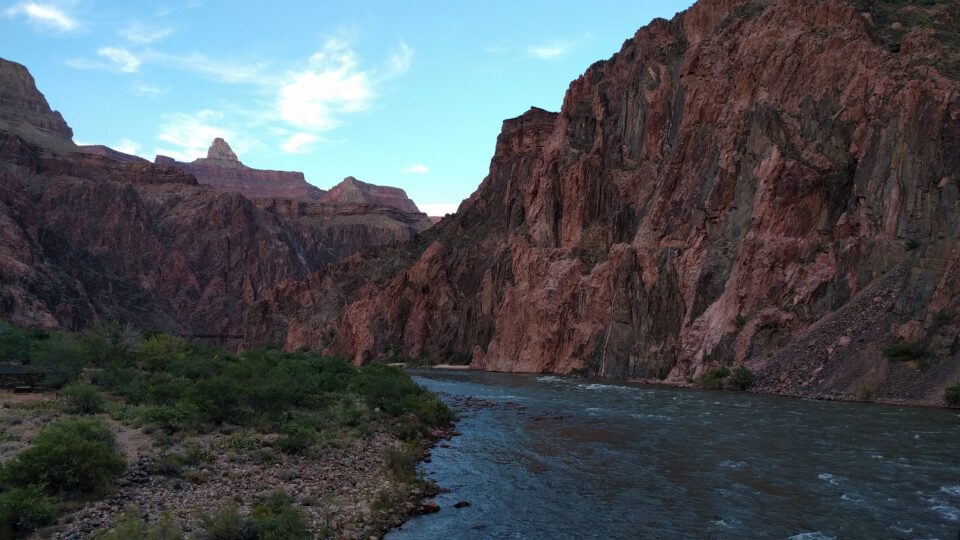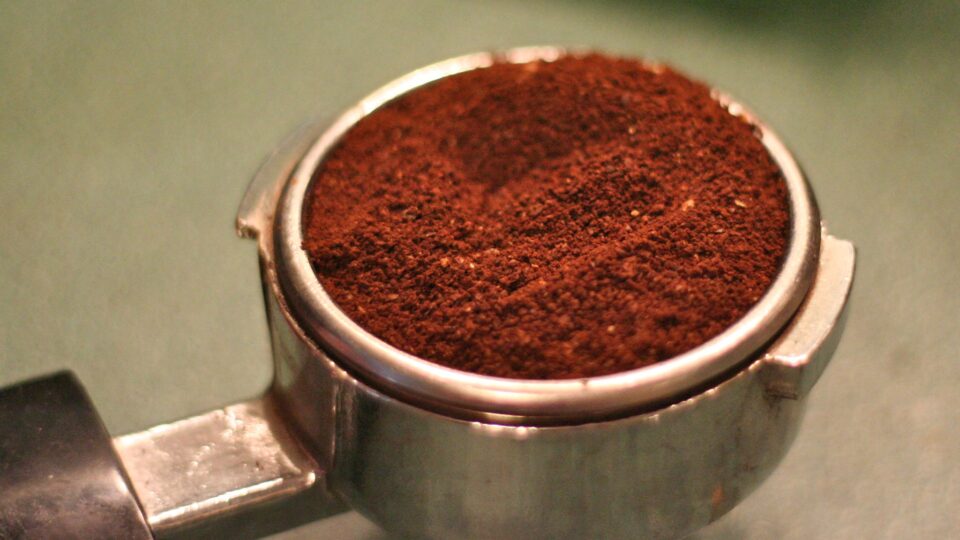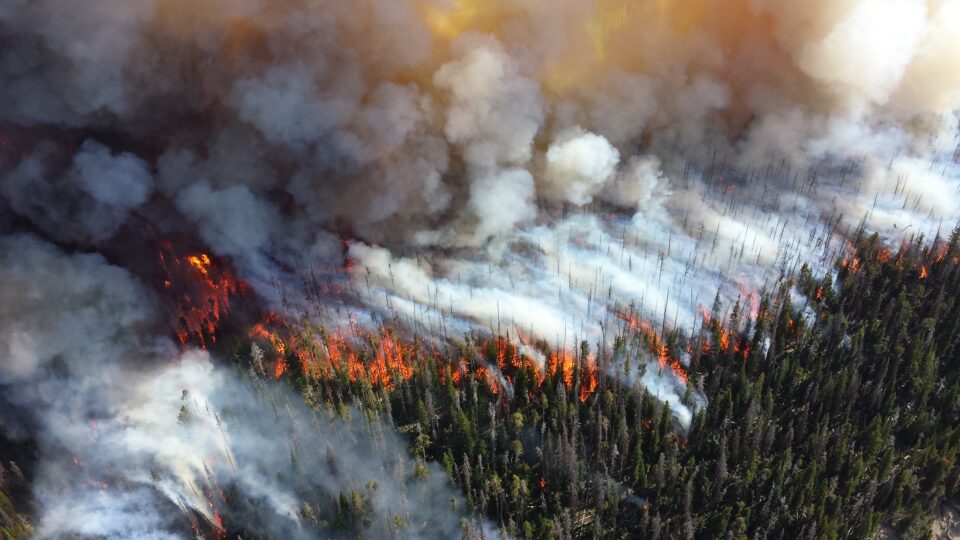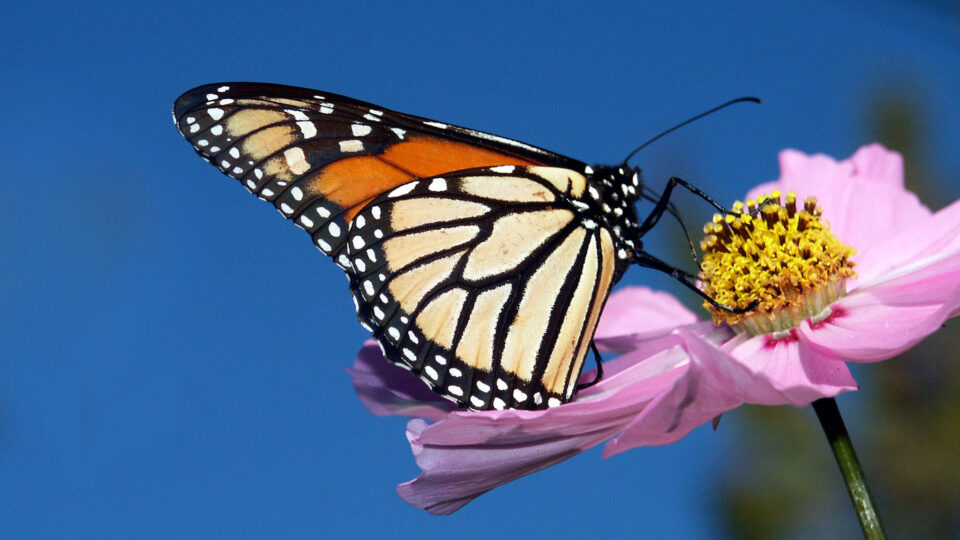Reducing the use of plastic is an important environmental goal. Plastic is made from fossil fuels and plastic pollutes the land and the oceans. It is estimated that 40% of plastic waste comes from packaging. Plastic packaging is extremely common in the supermarket and there is a growing desire to reduce its use. But it isn’t that easy.
Plastic packaging works well to slow the decay of vegetables and fruit. Its use results in less produce being tossed into the garbage, where it creates almost 60% of landfill methane emissions. In fact, food is the most common material in landfills. The average American family of four spends $1,500 a year on food that ends up uneaten and nearly half of all household food waste is fruits and vegetables.
Products like bagged salads, berries in plastic clamshells, and plastic sealed potatoes and cucumbers are popular with shoppers because they stay fresh longer. They are popular with grocers because the items don’t have to be weighed. But all these things result in plastic waste. It is a tradeoff that is difficult to make between food quality and safety vs. the environmental harm caused by plastic.
There are a variety of alternatives to plastic packaging of food that are being explored. They range from biodegradable, organic coatings that can take the place of plastic films, to cardboard and paper produce packaging.
But practically, there is yet no affordable and biodegradable plastic alternative that keeps fruits and vegetables safe and fresh. Solving the food packaging problem is not easy.
**********
Web Links
So Much Produce Comes in Plastic. Is There a Better Way?
Photo, posted July 1, 2007, courtesy of Brian via Flickr.
Earth Wise is a production of WAMC Northeast Public Radio



















